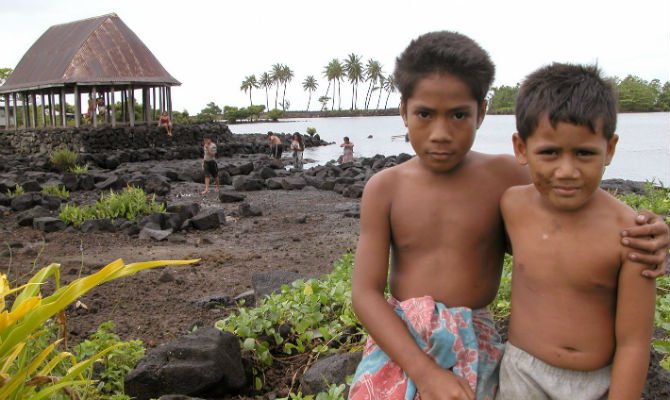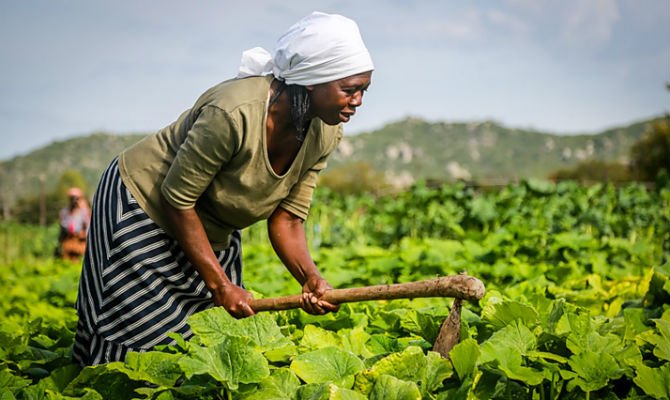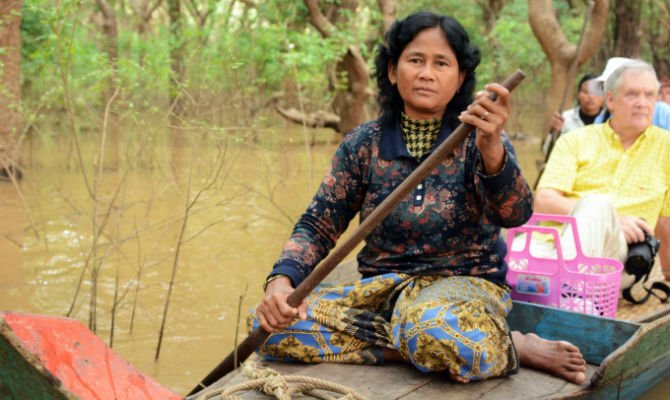In 2014, a combination of conflict, disease, natural disasters and environmental crises all threatened decades of development gains worldwide. While conflict emerged in many countries around the world, the Syria crisis grew to be the largest humanitarian challenge of our time. The spread of Ebola in West Africa destroyed lives and decimated communities, while extreme weather events continued to affect countries ill-equipped to handle disaster.
Despite these challenges, the world has continued to make significant progress in lifting people out of poverty, preventing crisis and enabling recovery, and mitigating and adapting to climate change through sustainable development, among other feats. As the year comes to an end, catch a glimpse of the inspiring action and progress we’ve seen through our 6,000+ programmes in 177 countries and territories around the world in 2014.
Development and progress for all
Many people are excluded from development because of their gender, ethnicity, age, sexual orientation, disability or poverty. Development can be inclusive - and reduce poverty - only if all groups of people contribute to creating opportunities, share the benefits of development and participate in decision-making.
In 2014, we worked to develop inclusive programmes that promote productive and gainful employment, increase access to social safety nets, and enhance public services for all to ensure that everyone can take part in the benefits of development and progress made around the world.
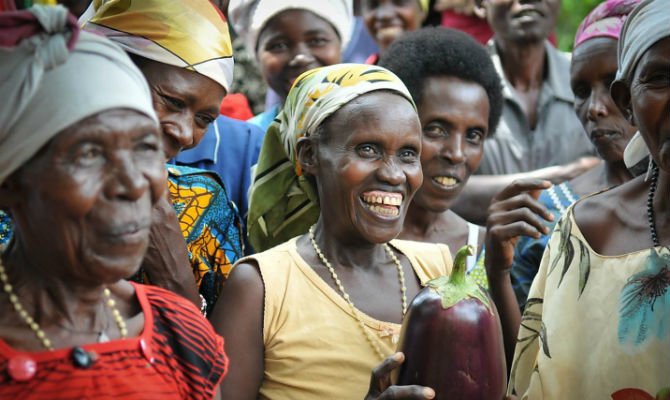
In China, 40 million ethnic minority individuals live in extreme poverty in China. The Mosuo, an ethnic minority and the last-remaining matriarchal society in China, uphold the unique and cultural tradition of weaving for their livelihood.
In 2014, our culture-in-development project continues to benefit over 2,500 Mosuo people through the introduction of Mosuo crafts to international audiences, creating new markets for the handicrafts. Learn more.
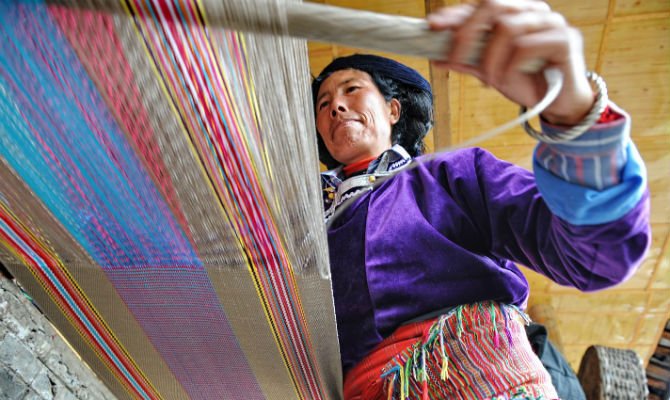
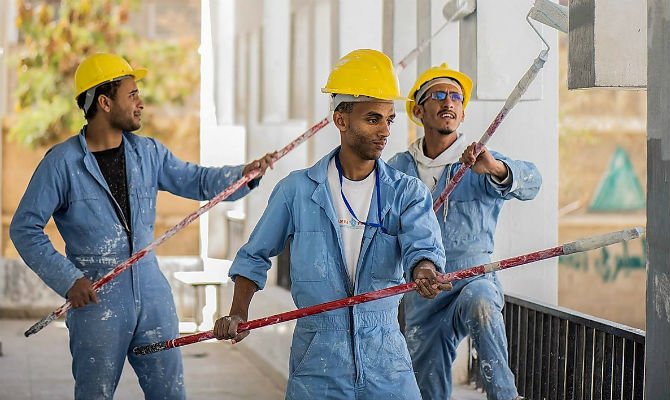
In India, 100 million new voters were added to the electoral rolls in this year’s national elections and women voters outnumbered their male counterparts in 16 of 28 states. Inclusive elections are crucial to development as they have the power to give people a voice and engage in their country’s future.
In 2014, we facilitated the participation of officials from 24 countries to learn more about how India conducts the largest elections in the world. The project promoted the exchange of knowledge in the field of election management with other developing countries. Learn more
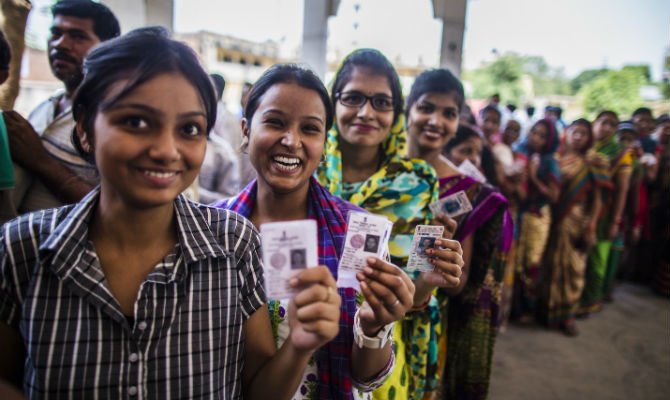
In Egypt, at least 91 percent of women between the ages of 15-49 have undergone female genital mutilation (FGM) and in the world today, around three million girls are at risk of FGM. The practice has serious consequences for development as it affects the achievement of gender equality and the improvement of maternal health.
In 2014, we saw the whole village of Qena in Egypt denounce FGM. The joint efforts of families, community activists, authorities, development agencies and media are gradually making a difference to phase out this traditional harmful practice. Learn more
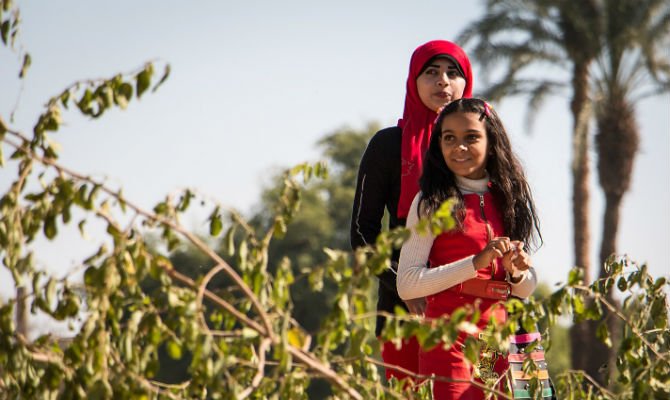
In Bangladesh, Shabdi D’Costa was barely surviving with her three daughters and husband when she decided to find a way out of poverty. Through our Urban Partnerships in Poverty Reduction (UPPR) programme, Shabdi joined a community development committee and was offered resources to increase her income and become a community leader.
In 2014, after years of work as a community leader, Shabdi is now a teacher with a steady income and savings to support her family. Her story is an example of the three million people who have benefited from livelihood opportunities through the UPPR programme. Learn more

Preventing crisis & helping recovery
Crisis prevention and recovery is essential to development as disasters and violent conflicts are among the two greatest threats to progress in human development in the 21st century. Lasting peace requires that key actors have the skills and access to forums and institutions allowing them to cooperate. Re-establishing the rule of law, justice and security following a conflict or crisis is critical to enabling development and the elimination of poverty.
In 2014, we helped countries alleviate the risk and effects of crises and build back better and stronger. We also ensured that while the humanitarian response during crises focused on the immediate lifesaving needs of a population, those responsible also worked towards longer-term development objectives.
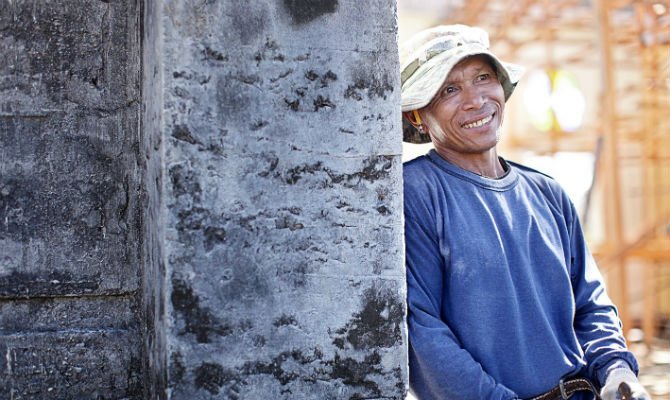
In the Democratic Republic of Congo (DRC), persistent conflict has caused the deaths of thousands and has left hundreds of thousands uprooted from their homes over a period of two decades in the eastern region.
In 2014, we supported 12 radio stations in eastern DRC to advocate and promote peace among communities. The project is a tool to promote dialogue and encourage peaceful co-existence among communities.
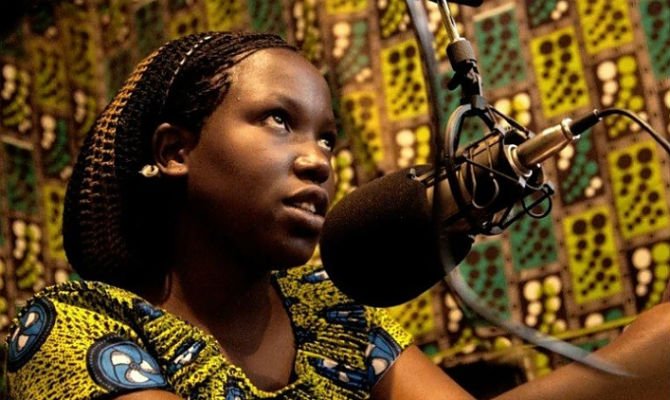
The Syria crisis is now the largest political, humanitarian and development challenge of our time. Entering its fifth year in 2015, there are now more than 3.2 million Syrian refugees, a number that is growing by 100,000 every month.
In 2014, we launched the Syria Regional Refugee Resilience Plan (Syria3RP) to address refugee protection and humanitarian needs while building the resilience of vulnerable people and impacted communities. Learn more
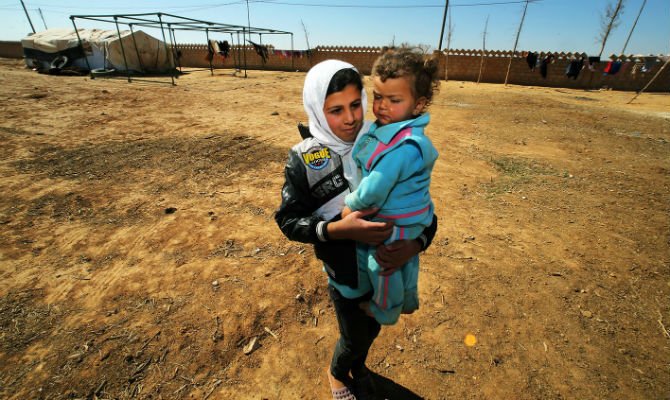
In the Philippines, Typhoon Yolanda (Haiyan) struck the coast with such force that it resulted in more than 6,000 deaths in 2013. Many of those deaths were in Tacloban, and journalists had described the devastation as “apocalyptic.”
In 2014, improved emergency communication helped to blunt the impact of this year’s Typhoon Ruby (Hagupit). Recognizing that emergency preparedness was hampered, we contributed a centralized radio system to ensure effective communication and coordination covering the entire city of Tacloban. Learn more
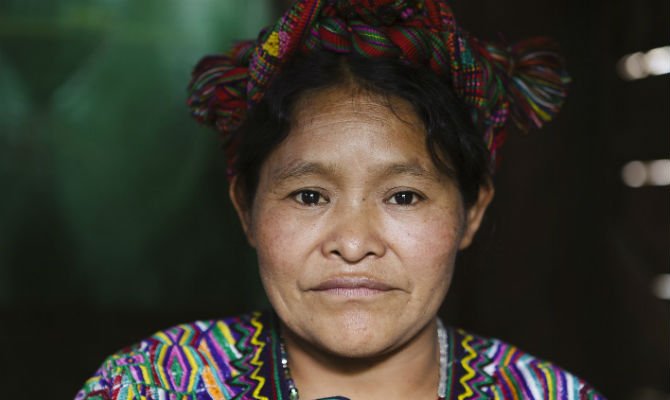
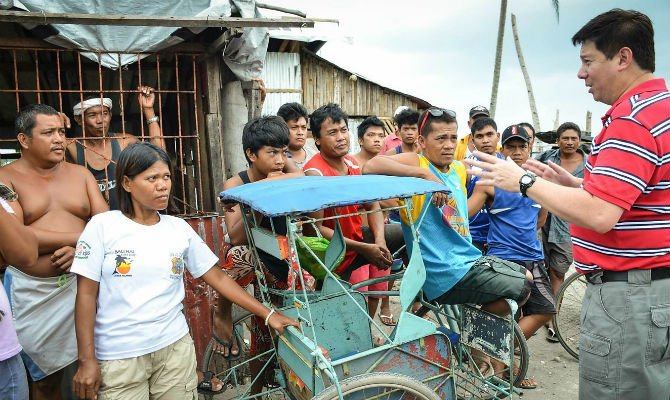
Ensuring sustainable growth
Impacts of climate change – such as increased droughts or more erratic storms – threaten to undermine decades of development gains and risk future development trajectories. The poor are also disproportionately affected by environmental degradation and lack of access to clean, affordable energy services.
In 2014, we supported 1,214 projects with a focus on environment and sustainable development worldwide. Our supports extends to over 140 countries to help them develop solutions to face the impacts of climate change in both adaptation and mitigation.
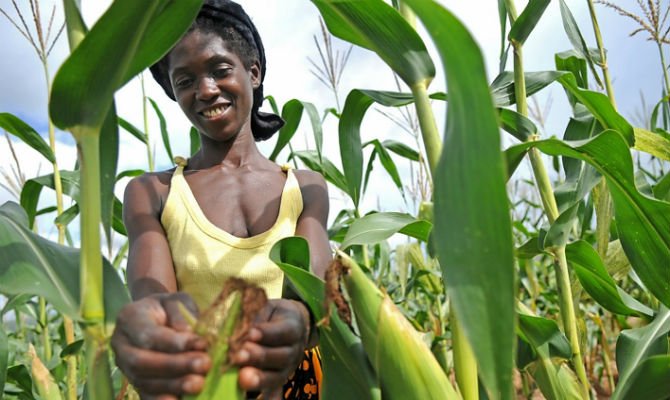
Worldwide, indigenous peoples are among those most affected by the impacts of climate change, because of their dependence upon and close relationship with the environment and its resources.
In 2014, we invited more than 300 indigenous women and men from Africa, Asia and Pacific, and Latin America and the Caribbean to attend COP20 in Peru to share their experiences and present proposals on climate change. Learn more
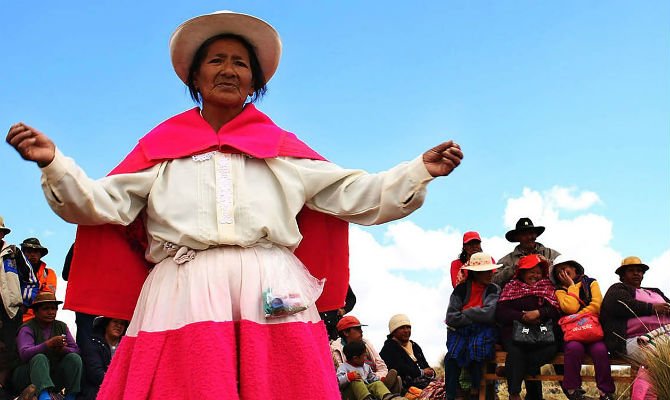
The Gaza strip has one power plant which services 1.8 million people. Following the most recent crisis in summer of 2014, schools, hospitals, and maternity wards along with the entire population struggle with 18-hours of daily power outages.
In 2014, solar power lit up Bashir El Rayyes High School, an all girls’ school in the Gaza Strip currently affected by an electricity crisis. As part of our two-year recovery programme, we have been prioritizing solar power to alleviate the electricity shortage. Learn more
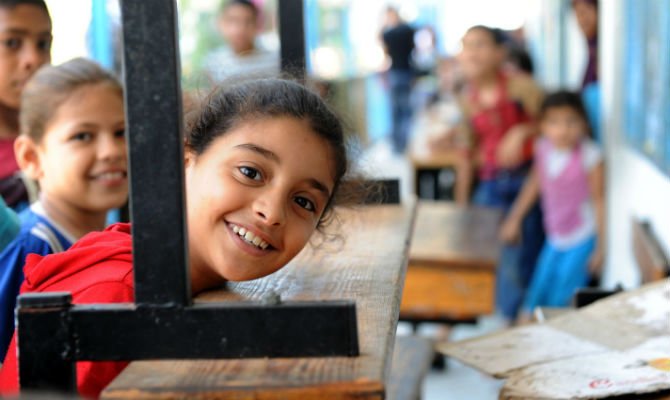
Our world faces massive threats from environmental degradation, including from climate change. Indigenous and local communities are often on the front lines of the struggle for sustainable development working below the radar and against significant odds.
In 2014, we recognized 25 local and indigenous community initiatives for their outstanding sustainable development solutions with our Equator Prize. From action on forests to food security and agriculture, and fresh water and oceans, the initiatives protect ecosystems, reduce poverty, and foster climate change adaptation. Learn more
